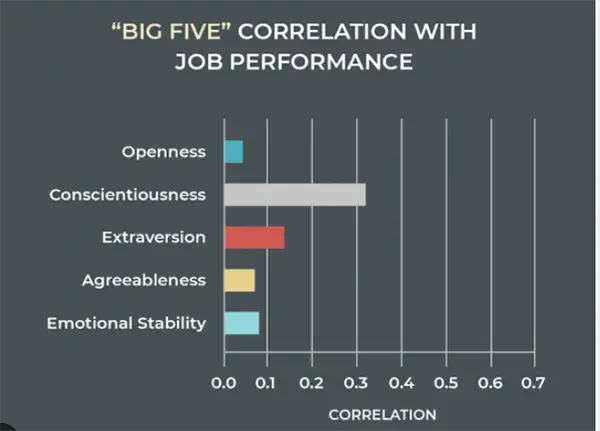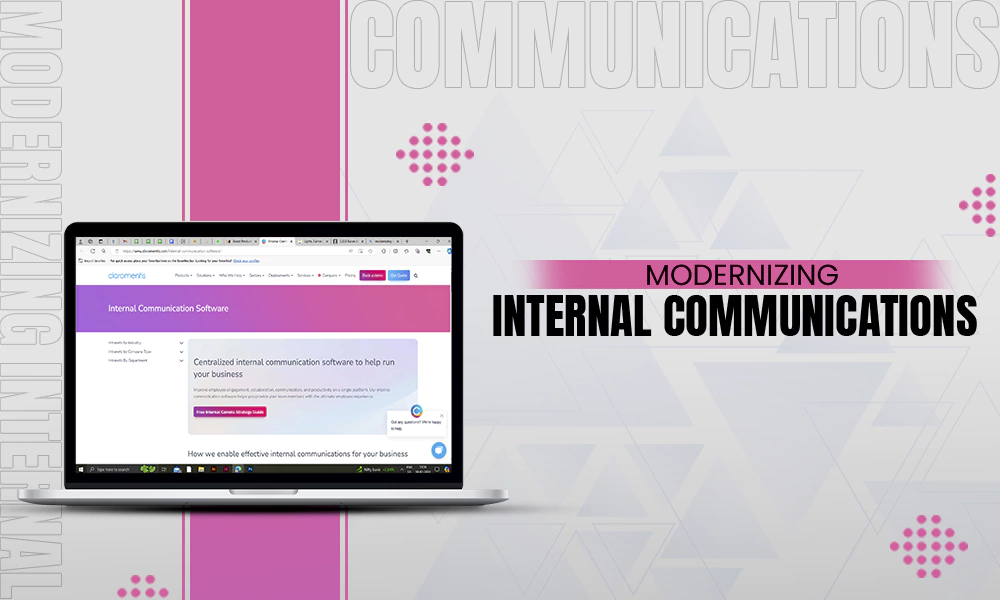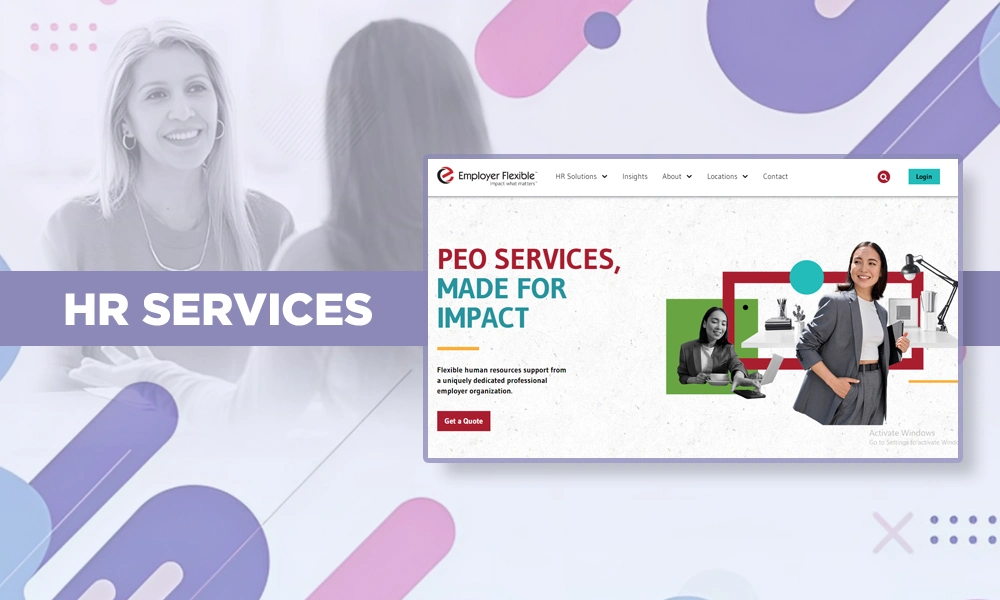Practical Benefits of Using the Big Five Model of Personality in Organizations

Key Takeaways
- The five-factor approach also known as the big five categorizes human personality into five broad factors.
- Conscientiousness is a strong predictor of job performance having a 6.8 variance in job performance.
- These personality traits predict job performance and impact organizational metrics such as job satisfaction, burnout, absenteeism, etc.
- Personality assessment helps in identifying both positive and negative leadership styles.
Despite the existence of many personality models, a Five Factor Approach started gaining substantial popularity and prominence since around mid-1980s. You can take the Big 5 personality test for free on the Psyculator platform https://psyculator.com/.
Broadly, the Five Factor Approach is the belief that the human persona can be organized by only five broad factors, typically labeled as
- Openness
- Conscientiousness
- Extraversion
- Agreeableness
- Neuroticism, which is sometimes called Emotional Stability (Block, 1995, 2001; John & Srivastava, 1999).
These broad factors are associated with more specific characteristics (i.e. measuring a single aspect), often denoted as personality facets.
The most popular framework here is the Five-Factor Model (FFM; Costa & McCrae, 1992a), commonly referred to as the Big Five, which includes 30 low-order character facets (i.e. six facets per broad factor).
For example, Neuroticism is associated with such aspects as anxiety and anger; Conscientiousness measures self-discipline and planfulness; Agreeableness includes altruism and empathy; Extraversion is used to assess gregariousness and sociability; and Openness generally measures the extent to which someone is open to new experiences.

A substantial body of research has shown that the nature of an individual can predict job performance. For example, Conscientiousness, the strongest persona predictor in a wide range of occupations demonstrated the following predictive correlates across a number of meta-analyses: .18 (Tett, Jackson, & Rothstein, 1991); .22 (Barrick & Mount,1991); .24 (Hurtz & Donovan,2000) .26 (Judge, Rodell, Klinger, Simon, & Crawford, 2013).
In other words, Conscientiousness explained no more than 6.8 percent of the variance in employee output. While it might not look excessive, it is worth noting that after the IQ (known as the strongest predictor of job performance), the Big Five factors have the second-strongest predictive power when it comes to career outcomes.

It is significant to note that personality has incremental predictive power over IQ too. This means that a certain proportion of work performance that is explained by a person’s nature can no longer be explained by employees’ intellectual prowess.
Even more interesting is the whole body of research that shows that the persona can explain many vital organizational metrics other than professional performance.
For example, numerous meta-analyses have shown that it is still a pertinent predictor job satisfaction (Judge, Heller, & Mount, 2002), burnout (Alarcon, Eschleman, & Bowling, 2009), absenteeism (Ones, Viswesvaran, & Schmidt, 2003; Salgado, 2002), presenteeism (Johns, 2010; Miraglia, & Johns, 2016), workplace accidents (Clarke & Robertson, 2005; Clarke & Robertson, 2008), organizational commitment (Meyer, Stanley, Herscovitch, & Topolnytsky, 2002), organizational justice (Cohen-Charash & Spector, 2001), and counter-productive workplace behavior (Grijalva & Newman, 2015).
Other meta-analytic studies demonstrated the significance of personality assessments for predicting both positive and negative leadership styles (Bono & Judge, 2004; Eagly, Johannesen-Schmidt, & Van Engen, 2003).
In terms of the latter, they are useful psychometric tools for identifying destructive leaders, whose actions have a negative impact on organizations (e.g. Babiak & Hare, 2006; Campbell, Hoffman, Campbell, & Marchisio, 2011; Mathieu, Hare, Jones, Babiak, & Neumann, 2013).
That is, a growing body of organizational research has linked destructive leadership with workplace bullying (e.g. Boddy, 2005, 2010, 2015; Mattice & Spitzberg, 2007), with a recent study showing that in a US-based sample of working individuals, psychopathic and narcissistic leadership styles explained as much as 41 percent and 25 percent variance in occupational cruelty, and up to 20 percent variance in employee depression (Tokarev, Phillips, Hughes, & Irwing, 2017).
This has substantial costs to the economy, as, in the UK alone, organizational costs of office bullying were estimated to range from four to four and a half billion pounds per annum in the form of lost productivity and law-suits (Rayner, 1997; Sheehan, 1999).
Do You Know?
It is shocking to note that according to a recent survey, in many cases, 65% of the bullies are managers and bosses.
In fact, the problem of workplace bullying is so persistent that Einarsen (1999) claimed that “Bullying at work … is a more crippling and devastating problem for employees than all other work-related stress put together” (p.2).
Verbal bullying is considered to be the most common form of workforce abuse which mostly includes aggressive email tones and yelling in the workspace. The former accounts for 23.3% while the former 17.8%.
Conclusion
The Big Five has become a prominent framework for understanding human personality. In broad, it contains five aspects, but it encompasses 30 personality facets.
These personalities play a major role in job satisfaction, absenteeism, burnout, workplace accidents, and counterproductive behavior. Moreover, they are also helpful in identifying positive and negative leadership styles.
Destructive leaders often hamper organizational growth and significantly contribute to bullying with substantial economic costs.










